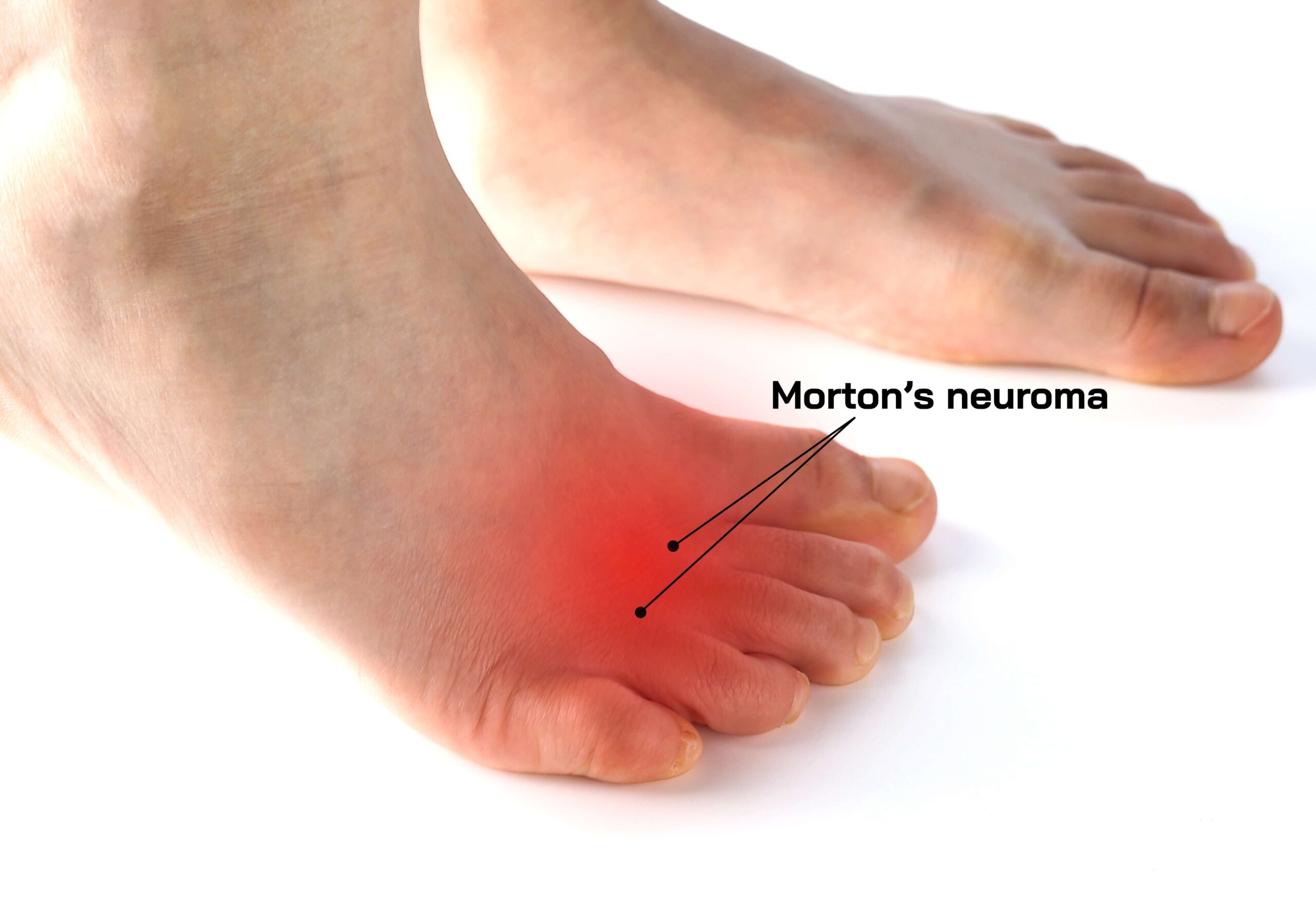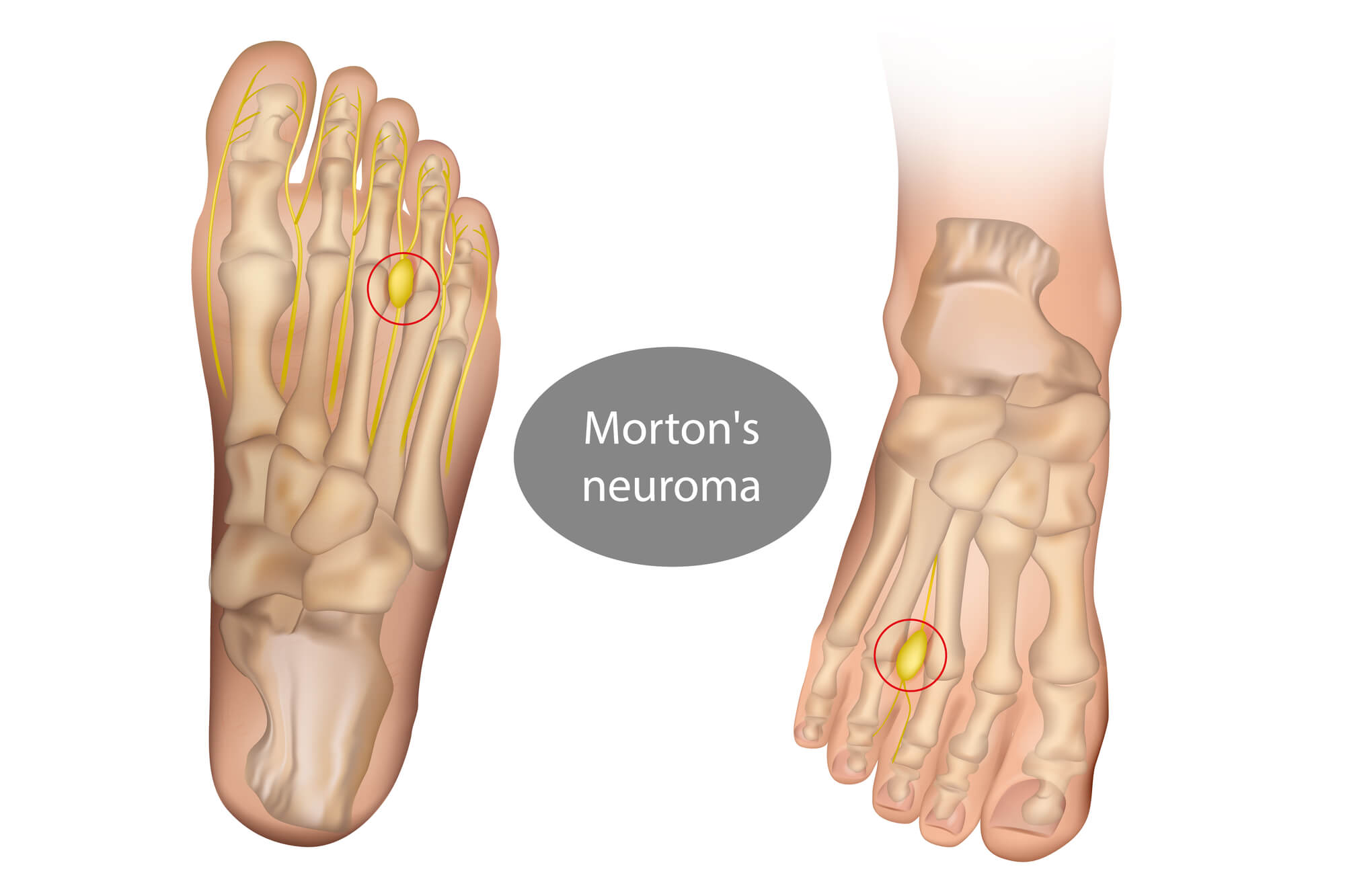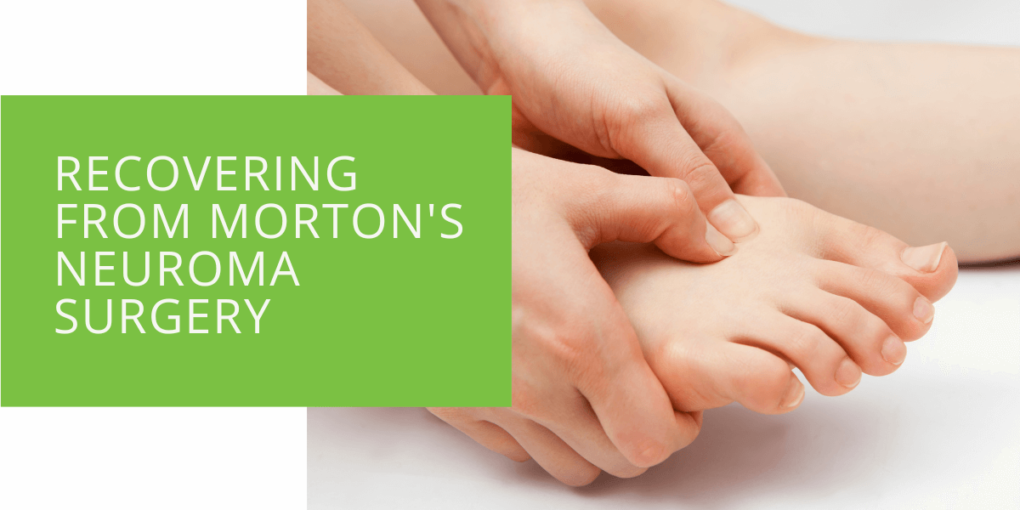Recovering from Morton’s Neuroma Surgery
Morton's neuroma is a condition that causes pain and numbness in the toes, foot, and ankle. It occurs when a nerve between the toes, usually the 3rd and 4th toes, becomes irritated and thickened. While non-surgical treatments such as orthotics, insoles, and pain relief can relieve some, surgical intervention may be required to treat the condition fully. Knowing what to expect during your recovery is important if you've recently had Morton's neuroma surgery.
What Is Morton's Neuroma Surgery?
Morton's neuroma surgery is a surgical procedure to remove the neuroma, or the thickened and irritated nerve, usually between the 3rd and 4th toes. The surgery can be performed as day surgery under local anesthetic, with patients usually able to return home the same day. After the surgery, following a post-surgical recovery plan is important to ensure the best outcome.
Preparing for Surgery
Before the surgery, it is important to prepare for the procedure by following some basic guidelines. Patients will receive specific instructions from their surgeon, but generally, these instructions include not eating or drinking anything for several hours before the surgery and wearing loose, comfortable clothing. Patients should also arrange transportation to and from the hospital as they cannot drive immediately after the surgery.

The Day of Surgery
During the surgery, the surgeon will make an incision on the top of the foot or the forefoot, depending on the location of the neuroma. The neuroma will then be carefully removed, leaving behind a small "stump" of nerve. The surgeon will then close the incision with stitches or staples and apply a bandage. The surgery typically lasts 30 minutes to an hour, and patients can usually return home the same day.
Immediately after the surgery, patients may experience discomfort and swelling in the affected foot. Pain relief medication will be provided to manage any pain. It is important to keep the foot elevated to help reduce swelling and to avoid putting weight on the affected foot for the first two weeks. It is also important to keep the bandage clean and dry.
Recovery at Home
Recovery at home can take up to 6 weeks, and it is important to follow a post-surgical recovery plan to ensure the best outcome. During the first two weeks, patients should avoid putting weight on the affected foot and keep it elevated as much as possible. Patients may also be advised to wear a surgical shoe to help protect the foot and to avoid wearing tight-fitting shoes.
Patients may experience some numbness in the foot, which should subside over time. In addition, patients may experience some pain or discomfort, but pain relief medication will be provided to manage this. Patients should also avoid any activities that may cause swelling in the foot or deep vein thromboses (DVT), such as prolonged sitting or standing. Walking should be limited to short periods, and regular light exercises should be done to minimize the risk of DVT.

Follow-Up Care
After the surgery, patients will be advised to return for a follow-up appointment with their surgeon. During this appointment, the surgeon will check the incision and assess the patient's progress. The surgeon may also advise on rehabilitation exercises, such as physical therapy, to help the patient regain strength and mobility in the affected foot.
Patients should also know potential complications, such as infection or thrombosis. Signs of infection include redness, swelling, fever, and discharge from the incision site. Signs of thrombosis are the formation of a blood clot, including swelling, pain, and warmth in the affected leg. Patients should contact their surgeon immediately if they experience any of these symptoms.
Conclusion
Recovering from Morton's neuroma surgery can be a challenging experience, but following a proper recovery plan can help to minimize the risk of complications and maximize the chance of a successful outcome. Patients should follow their surgeon's post-surgical instructions, including keeping the foot elevated and avoiding weight-bearing activities, to promote healing and reduce swelling. Rehabilitation exercises such as physical therapy may also be advised to help patients regain strength and mobility in the affected foot. With proper care and attention, patients can expect to recover within several weeks fully.
Morton's neuroma surgery is a procedure that can help alleviate the pain and numbness associated with the condition. Patients should know the potential risks and complications associated with the surgery and follow their surgeon's post-surgical instructions to ensure the best outcome. With proper care and attention, patients can expect to recover within several weeks and return to normal activities fully, free from the pain and discomfort associated with Morton's neuroma.

